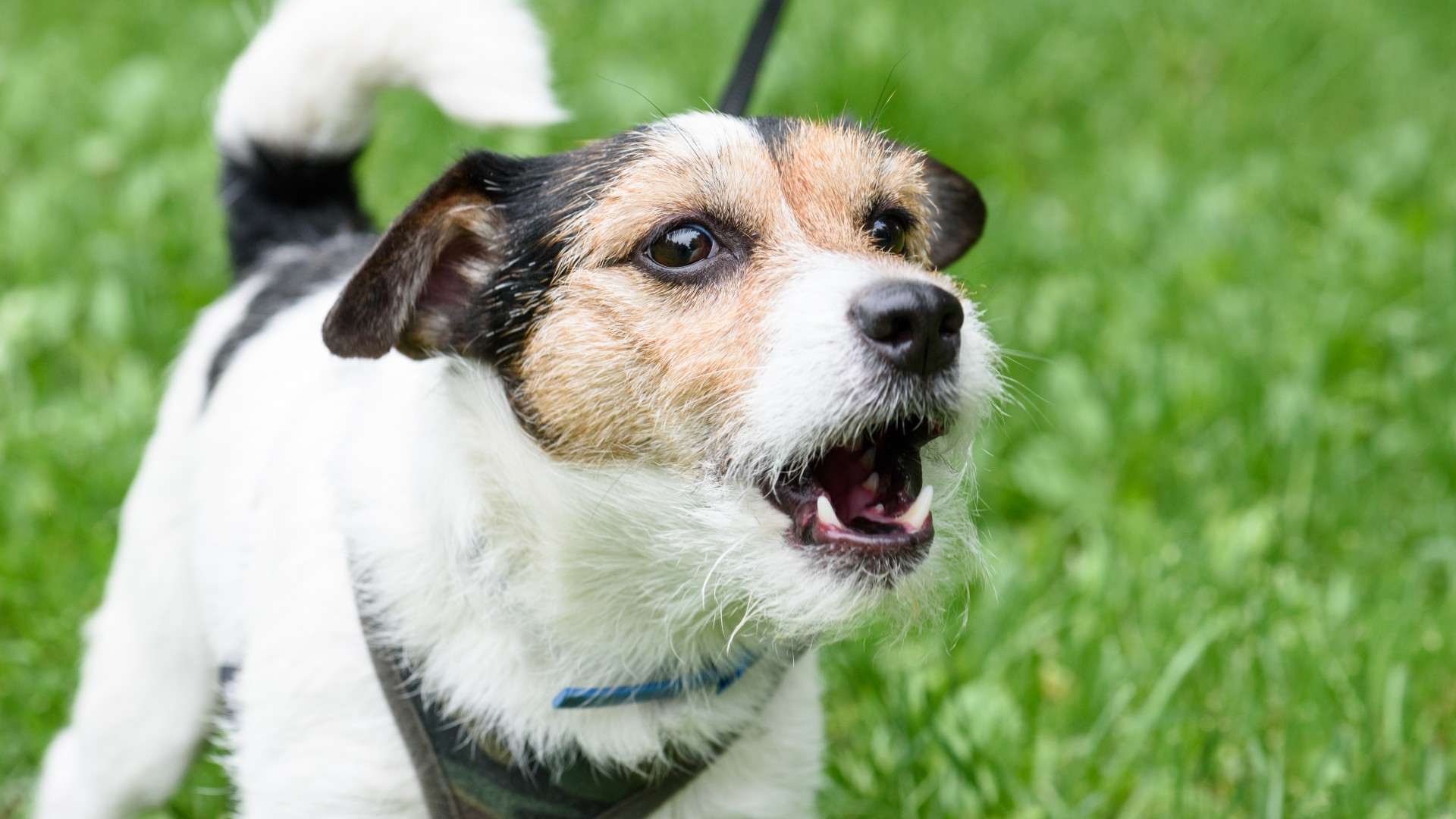
There's no getting around it — life with a reactive dog can be incredibly challenging. Whether it's barking every time the doorbell goes or lunging at people when they're on the leash, there are days when you can feel at your wits end with it all.
While there's no quick fix when it comes to figuring out how to calm a reactive dog, there are things that when paired with time, patience and consistency can make a huge difference in improving your dog's reactivity over the long term.
"Resolving reactivity is an intricate process, but understanding a few fundamentals can result in a smoother, speedier approach," explains expert trainer and behaviorist, Renee Rhoades in a recent Instagram post.
To help pet parents deal with this issue effectively, Rhoades has shared the seven-step process she uses with her clients to help address and overcome reactivity — and it goes way beyond simply dishing out a long lasting dog chew. Read on to find out more...
1. Enrichment: According to Rhoades, dogs need enrichment outlets that are breed-specific. "That might include food toys," she says, "but it's more likely to include social, sensory and cognitive experiences for mental and physical fulfillment."
2. Rest: "Sleep is the primary way of allowing the body to decompress," Rhoades explains. "It also underpins every other system in the body, so without adequate rest, an animal cannot feel secure, process or hold onto memories (learn)."
3. Avoidance: Rhoades says that when it comes to working on reactivity recovery, strict avoidance of reactions is essential. "Early on, it helps to prevent continued emotional dysregulation. In the interim, it prevents rehearsal and regression."
4. Management: For your dog to be successful at overcoming their reactivity to certain triggers, a successful management strategy (both for inside and outside the home) is key. Rhoades explains that this aids relaxation and sleep, and prevents the rehearsal of unhelpful reactions. "Passive and active management makes avoidance easier," she says.
5. Critical thinking: "We can make many assumptions about why our dogs do things that can lead to harmful misinterpretations. Taking a step back to assess and apply critical thinking skills helps to provide reassurance and results," says Rhoades.
6. Health: When it comes to reactivity, there are various health factors that you need to consider to ensure your dog is set up for success. "Pain, illness, disease, daily stress load and diet all play a part in how your dog is able to progress," Rhoades explains.
7. Motivation: "Understanding the value your dog puts into reinforcers being offered a make or break your reactivity therapy," says Rhoades. "It is also critical to understand the motivation behind your dog's emotions in order to help modify them."
While it's really helpful to be aware of the seven-step process Rhoades uses when working to resolve reactivity, it's also important to understand that helping your dog become less reactive is a marathon, not a sprint.
Be kind and gentle with yourself and your dog as you work to overcome this issue. And remember, help is available if you need extra support. Check out our guide to how to spot dog trainer red flags if you're considering working with a professional trainer.







